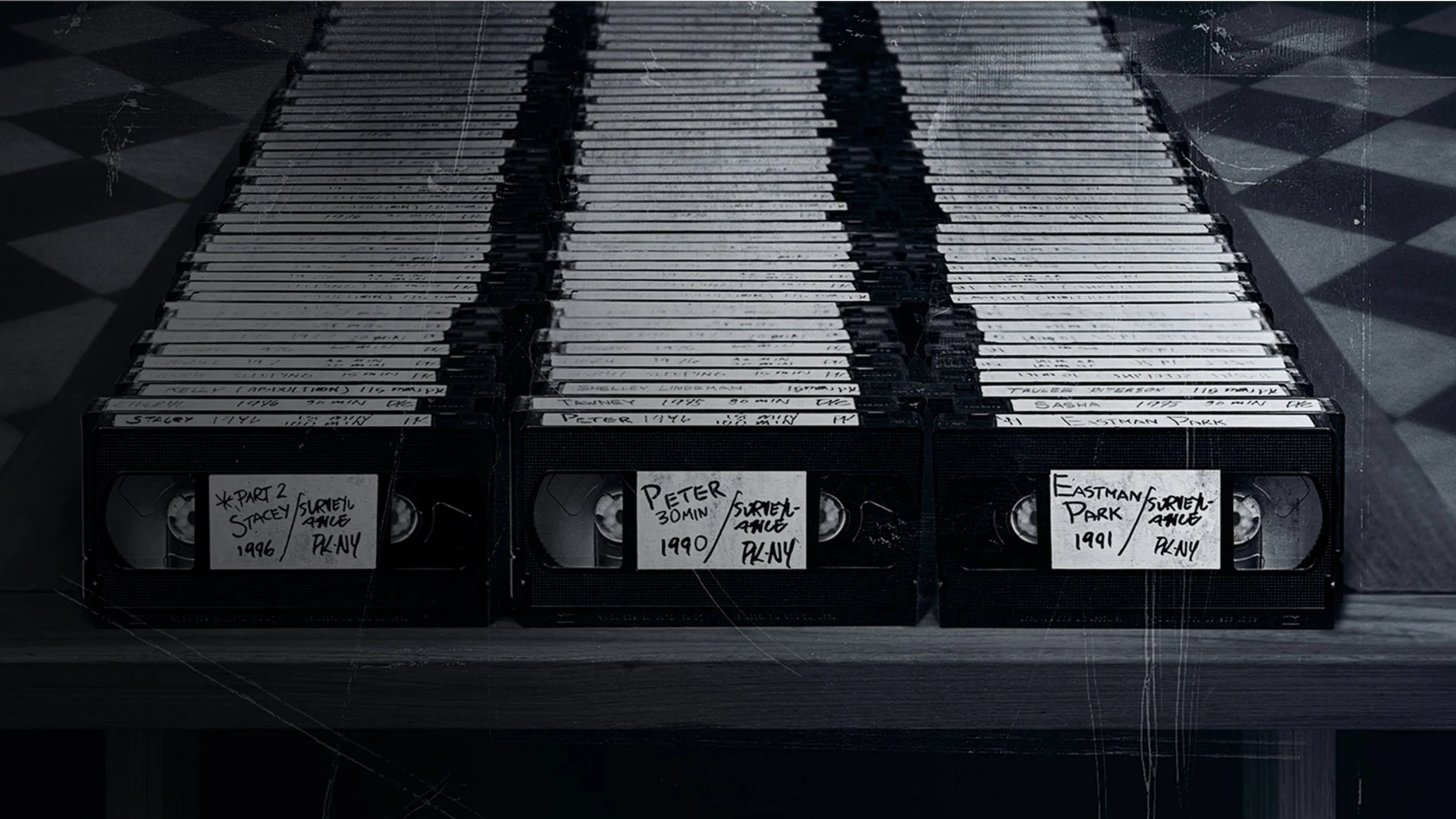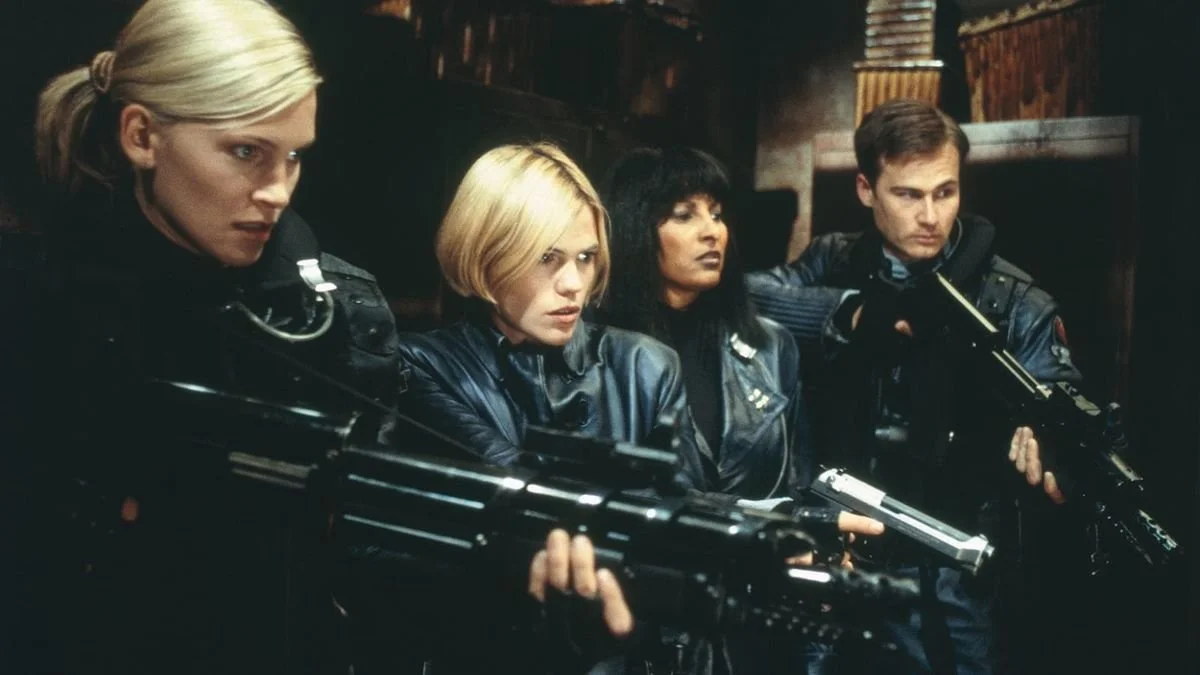Review: Pathfinder (1987)
The first thing I noticed about Pathfinder was the light and colours of the winter sky. As someone who grew up in Saskatoon, Saskatchewan, I can confirm that the winter skies of northern climes have their own distinct qualities: it’s in the tints of blue and yellow and pink and the ways that the low sun colours long-frozen snows. Director Nils Gaup and his cinematographer, Erling Thurmann-Andersen, shot the film on location during winter in northern Norway, and it shows. How Pathfinder captures the light and colours of a cold northern winter is just one of the ways the film achieves a remarkable aura.
I first encountered the films of Nils Gaup—a Sami filmmaker from Norway—through his 1990 English-language release, Shipwrecked. I noted in my review of that film that Shipwrecked boasted excellent production values. The same goes for Pathfinder, but generating a sense of authenticity is even more important for this film’s subject matter.
For the greatest significance of Pathfinder is its novel subject matter. It was the first feature length movie to have all its dialogue in the Sami language. The Sami are an indigenous people of northern Scandinavia, frequently called Laplanders, and known conventionally for their reindeer herding culture. The relations between these traditionally nomadic people and the different Nordic states have been complicated to say the least, and Pathfinder was part of the late twentieth-century movement to preserve Sami culture. Gaup also founded the first Sami language theatre ensemble. Pathfinder made an impact upon its release, being nominated for the Best Foreign Language Film at the Academy Awards, and today is considered a landmark of Norwegian cinema.
Set around 1000 AD, the film takes a Sami legend and puts it on the big screen. In this sense, Gaup’s film reminds me of the landmark Canadian Inuit film, Atanarjuat: The Fast Runner (2001), as both films are pioneering works of cultural preservation that are also compelling action-adventures. Both films, for instance, are memorable for their chases over the frozen landscapes. In Atanarjuat, the hero is famously chased naked across the ice. In Pathfinder, the boy hero, Aigin (played by the director’s nephew, Mikkel Gaup), is chased by the Tchudes, a non-Sami people depicted as violent marauders, who slaughter Aigin’s family at the start of the film. In one gripping sequence, Aigin has to flee the Tchudes, armed with crossbows, through deep snow and brush and eventually escape down a hill balancing on only one ski.
Pathfinder is excellent at conveying pre-modern Scandinavia, a time and place remote from our understanding. Much of this owes to the attention to detail you can see in the props and costumes as well as how the film works with its settings, particularly snow. Think about how hard it would be to shoot on a landscape where each take will leave an irreversible imprint. We notice the central role of Nordic skis for the Sami, but also how skis, while elegant over distances, can be awkward for moving up close.
You could say there is an ethnographic eye to Pathfinder, but one more personal and less detached, for Gaup is depicting a pre-Christian form of his own culture. The film is interested in conveying the shamanistic culture on its own terms and with little explanation for the modern viewer. At one point, we are bewildered by the tribe’s need to wake up a named figure, who turns out to be a hibernating bear that must be slain to obtain a sign. Later in the film, as it nears its climax, we see Sami women resting in a sauna tent and sharing some downtime. It’s the kind of scene that could be argued shows the tribe’s defences being down, but it also goes on long enough to reveal the film’s interest in simply showing these people’s way of life.
Based on a folktale, Pathfinder’s themes are not subtle. Aigin must find a path, both literally and metaphorically. At first, he must figure out how to escape his enemies and help lead his people to safety. Later on, as a hostage, he is made to lead the Tchudes through a mountain pass to attack the Sami tribe who have fled to hide along the coast. This will lead to a climax in the mountains that is somewhat expected, for those who know fairy tales, but also satisfactory, especially for its visual depiction.
The film also acts as something of a coming-of-age story for the hero, who loses his family to his enemies and must find his way in order to survive, and who will also find his path to become the new shaman of his tribe, the noaidi or pathfinder.
In short, Gaup’s Pathfinder presents novel subject matter through competent storytelling and handsome production design. In a way, Pathfinder is like a good documentary, appealing to our curiosity by shedding light on an unfamiliar subject (for a Canadian like myself). At the same time, Pathfinder tells a story that, in its basic contours, is universal. It’s a folk tale, but one laced with historical detail and an interest in documenting a culture and way of life. In this sense, the film also acts as a cinematic pathfinder, establishing a presence and way for Sami culture in the world of cinema.
9 out of 10
Pathfinder (1987, Norway)
Written and directed by Nils Gaup; starring Mikkel Gaup, Nils Utsi, Helgi Skúlason, Sarah Marit Gaup.



Kiyoshi Kurosawa’s 2001 J-horror film predicted the new millennium in terrifying ways.